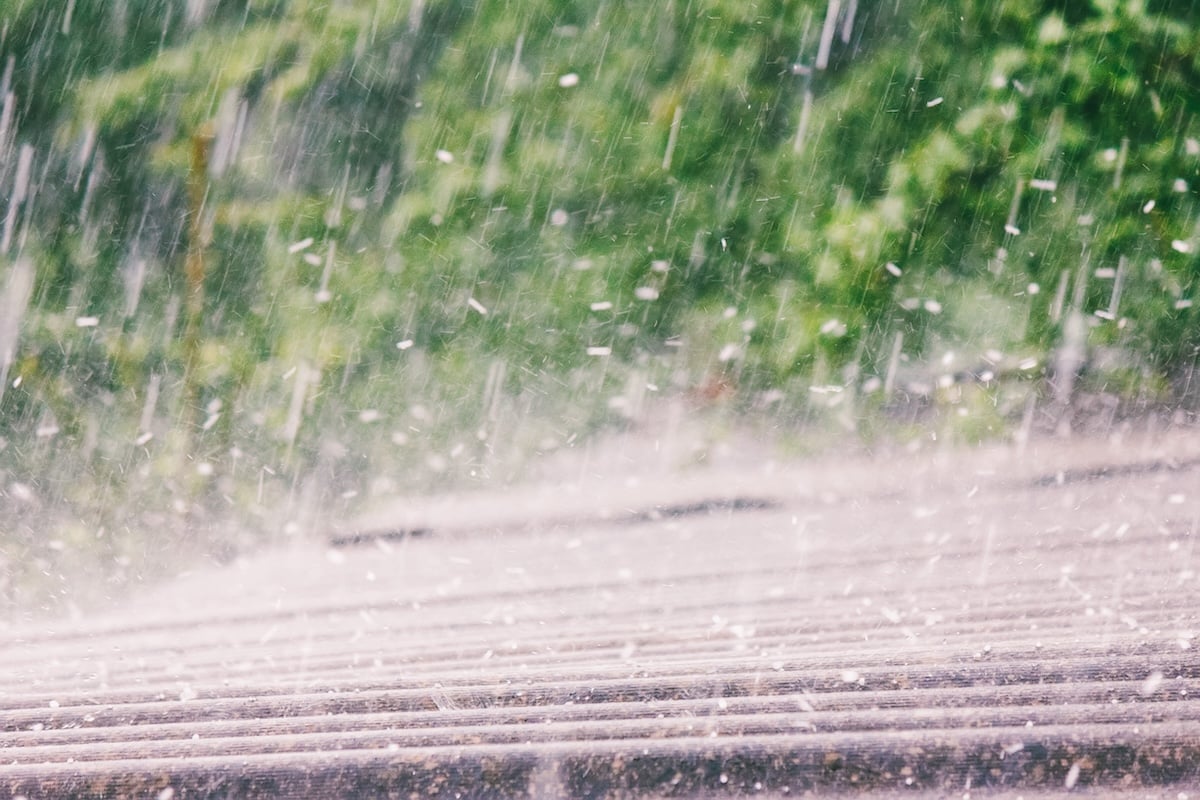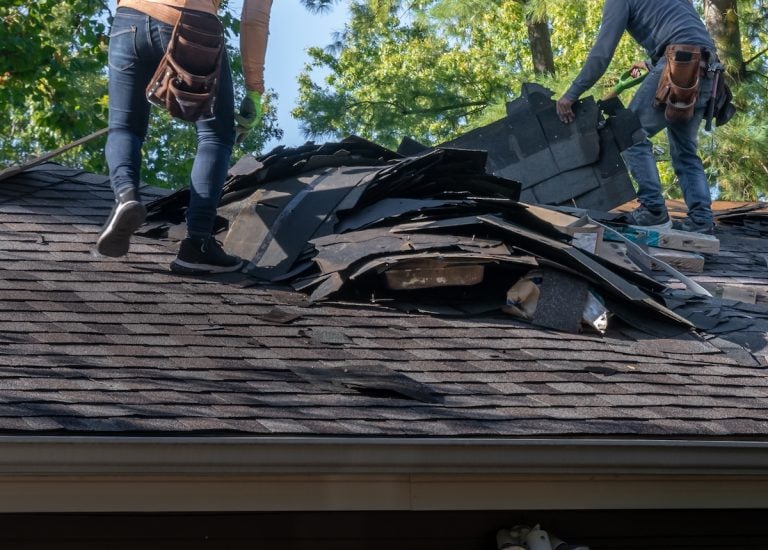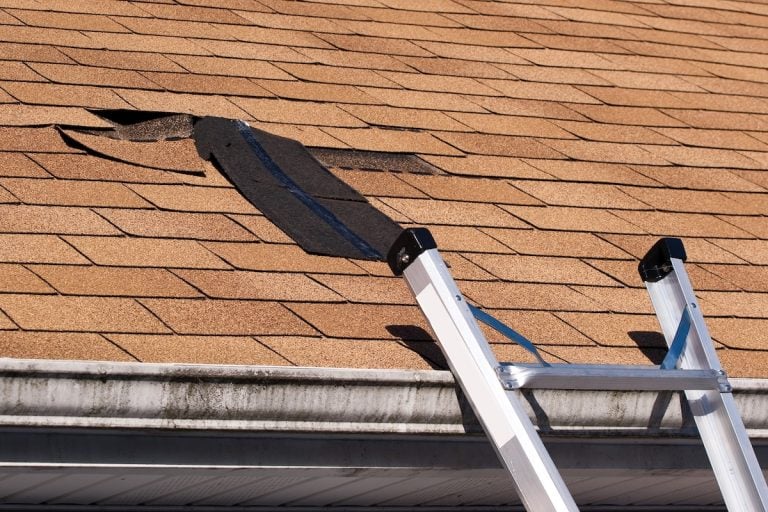A hail damage roof inspection is one of the most important steps after a severe storm. Even small hailstones can weaken shingles, dent flashing, or damage gutters, and these issues may not be visible from the ground. Homeowners in Cornelius and surrounding areas benefit from professional inspections that identify hidden problems before they turn into costly repairs.
- Identify hidden damage: Inspectors know how to find subtle hail marks and weak points.
- Support insurance claims: Proper documentation ensures you get fair coverage.
- Protect your home: Early detection prevents leaks, mold, and structural problems.
Why Hail Damage Roof Inspections Are Essential
Hailstorms are unpredictable, and damage often varies across neighborhoods. Your neighbor’s roof might show obvious destruction while yours looks untouched — but that doesn’t mean you’re in the clear. Hail can bruise shingles, loosen granules, and compromise roof integrity in ways that only appear months later. Getting a professional inspection right away gives you peace of mind and helps you act quickly if repairs are needed.
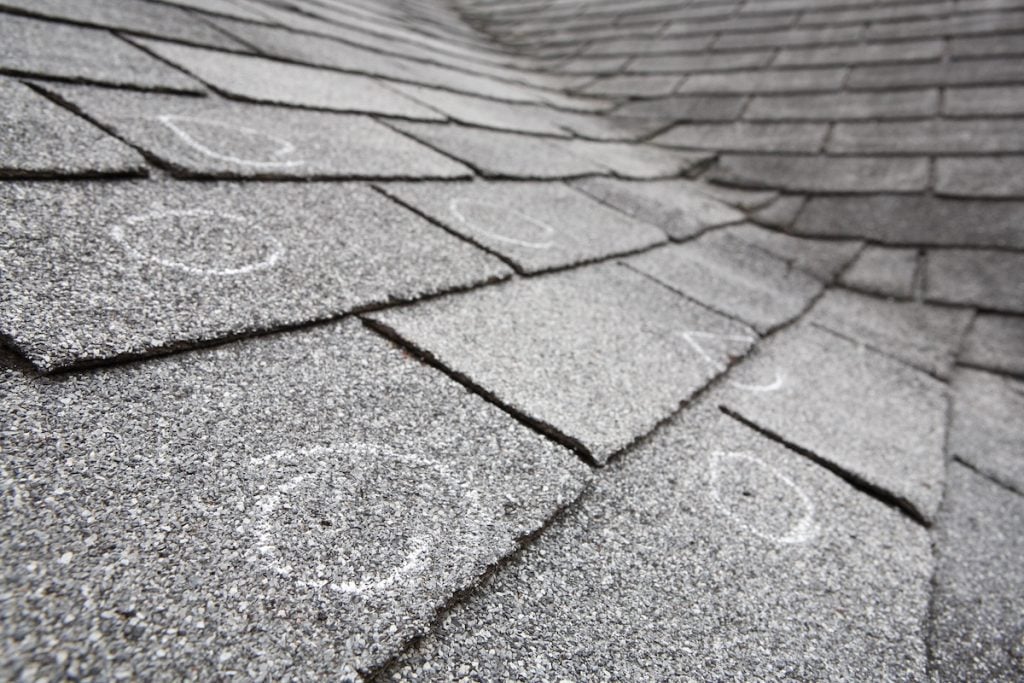
What Happens During a Hail Damage Roof Inspection
Roof inspections go far beyond simply climbing up and taking a glance. Inspectors use a systematic approach to check every part of the roofing system. Their goal is to create a detailed assessment that not only protects your home but also strengthens your position if you need to file an insurance claim.
7 Things Inspectors Check for Hail Damage
When conducting a hail damage roof inspection, professionals look for these key indicators:
- Shingle Surface Damage: Inspectors check for dents, cracks, and bruises that weaken shingles and reduce their ability to protect against water.
- Granule Loss: Asphalt shingles lose granules when hit by hail, leaving bare spots that expose the asphalt to UV rays and shorten the roof’s lifespan.
- Soft Spots on Shingles: A bruise may not look severe but feels soft to the touch, signaling damage beneath the surface.
- Flashing and Metal Components: Hail often leaves visible dents in metal flashing, vents, and chimney caps, which can compromise waterproofing.
- Gutters and Downspouts: Inspectors look for dents, cracks, or granule buildup in gutters, which are clear signs of hail impact.
- Attic and Interior Signs: Water stains or damp insulation inside the home may indicate that hail damage has already created entry points for leaks.
- Roof Accessories and Skylights: Any exposed features like skylights, vents, or pipe boots are closely examined for cracks or impact marks.
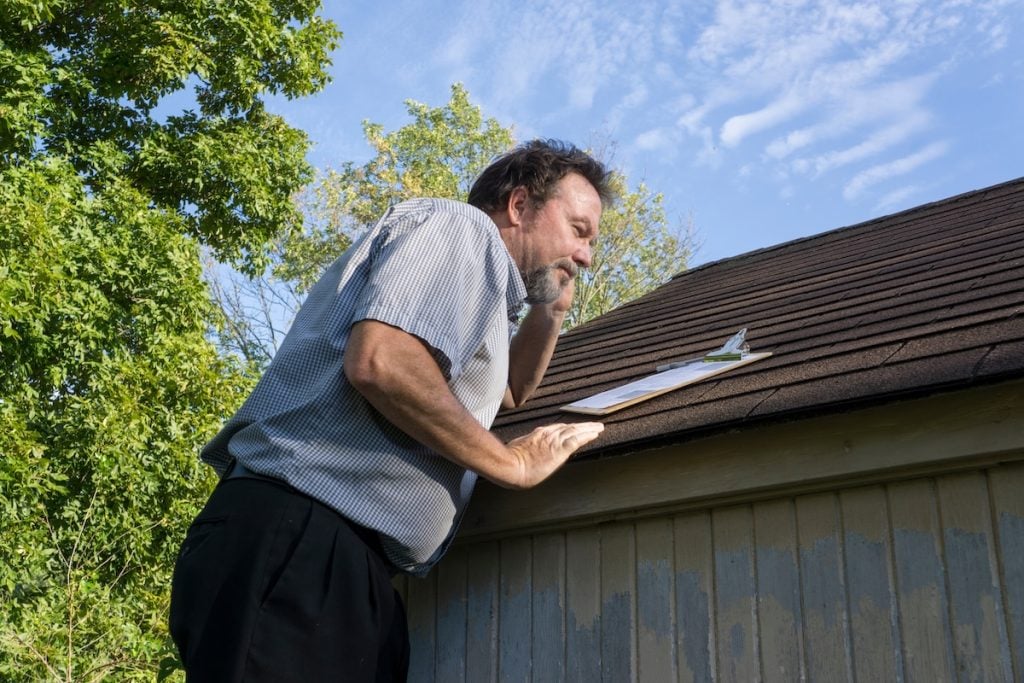
Why Hidden Hail Damage Is a Big Problem
Some homeowners skip inspections if they don’t see obvious issues, but hail damage often hides beneath the surface. Over time, minor cracks or bruises can lead to:
- Leaks: Water finds its way into damaged areas, seeping into ceilings and walls.
- Mold growth: Persistent moisture creates unhealthy living conditions.
- Premature roof failure: What could have lasted another decade may need replacement far sooner.
By catching these problems early, you can avoid unexpected costs and extend the life of your roof.
The Role of Documentation in Insurance Claims
Insurance companies require clear proof of storm-related damage before approving claims. A professional inspection provides the detailed photos, measurements, and written reports that adjusters rely on. Without this documentation, homeowners often struggle to prove the extent of hail damage. Roof Medic helps guide homeowners in Cornelius and surrounding areas through this process, ensuring their claims are supported by thorough evidence.
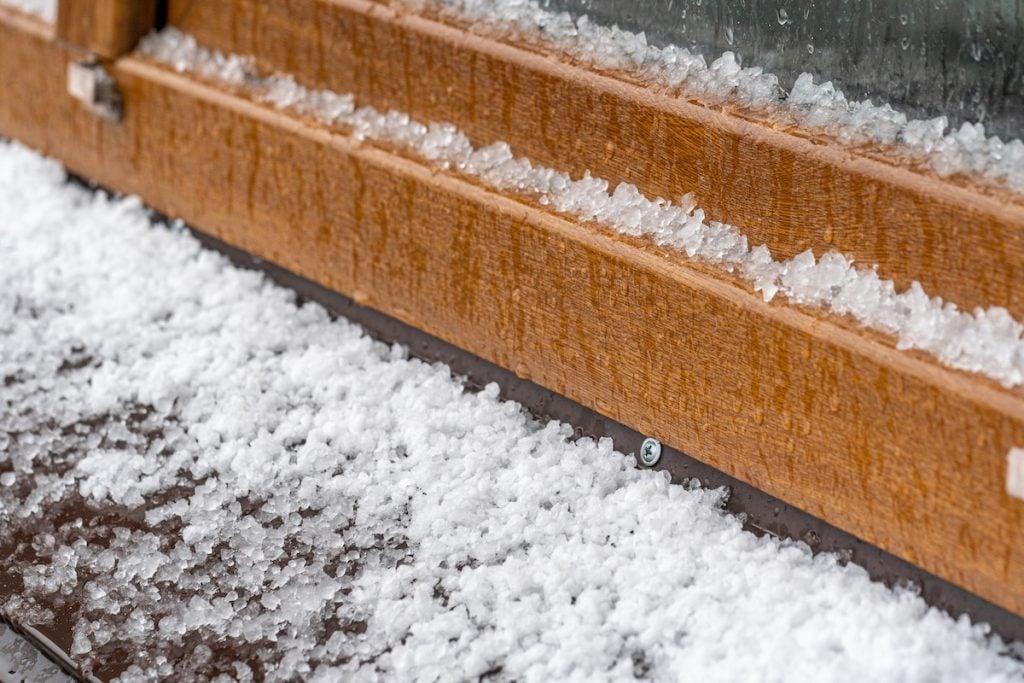
How Long After a Hailstorm Should You Schedule an Inspection?
The sooner, the better. Ideally, you should schedule a hail damage roof inspection within days of the storm. Acting quickly not only prevents further damage but also makes it easier to link the damage directly to the storm event. Waiting too long can complicate insurance claims, especially if another storm occurs in the meantime.
Preventing Future Hail Damage
While no roof is completely hail-proof, certain steps help reduce risks:
- Impact-Resistant Shingles: Upgrading to shingles rated for hail impact provides stronger protection and may even qualify you for insurance discounts.
- Regular Roof Maintenance: Keeping your roof in good condition with annual inspections makes it more resilient during storms. Well-maintained shingles are less likely to crack or lift when struck.
- Gutter and Drainage Care: Ensuring your gutters and downspouts remain clear helps water move off the roof quickly, reducing the risk of pooling and leaks after hail damage.
Why Choose Roof Medic for Hail Damage Roof Inspections
Not all roofing companies approach inspections with the same level of detail. Roof Medic is trusted by homeowners in Cornelius and surrounding areas for thorough evaluations and professional storm damage support.
- Comprehensive inspections: We examine every component of your roofing system.
- Insurance expertise: Our reports provide the documentation adjusters require.
- Reliable service: With years of local experience, we know how to identify hail patterns specific to North Carolina weather.
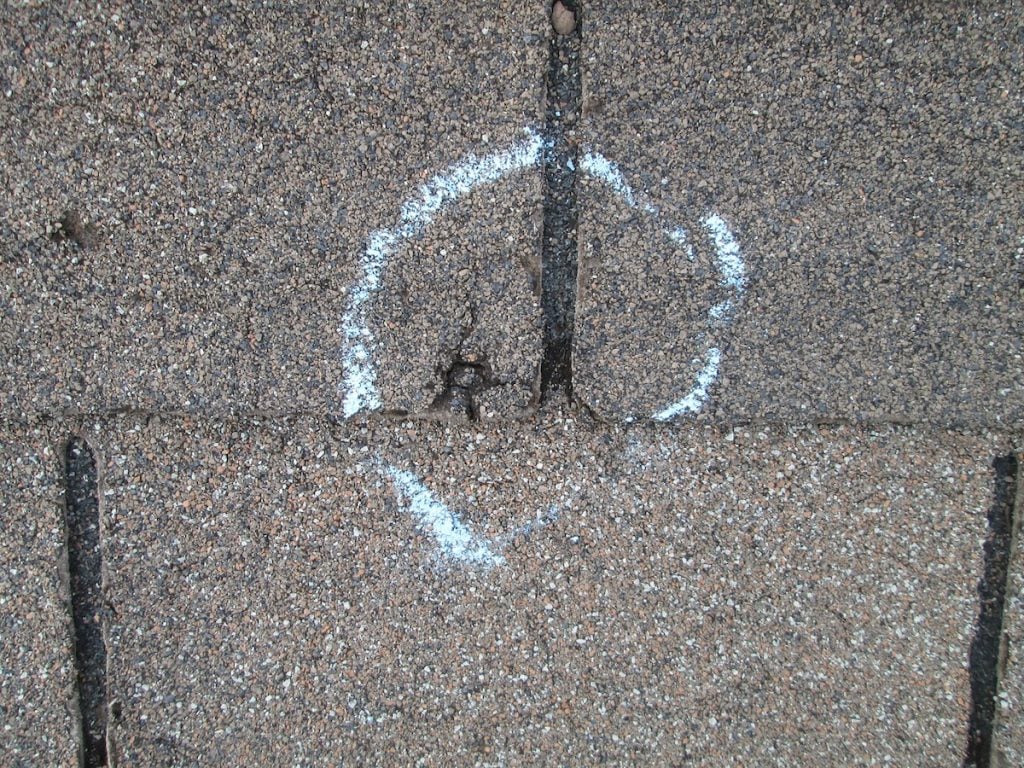
Protect Your Home With a Professional Hail Damage Roof Inspection
Hail damage may not always be obvious, but it can create long-term problems if ignored. By scheduling a professional hail damage roof inspection, you safeguard your home, support any necessary insurance claims, and prevent hidden damage from escalating. Roof Medic is here to provide expert inspections and dependable repair solutions for homeowners in Cornelius and surrounding areas.
If your home was recently hit by hail, contact Roof Medic today to schedule a professional inspection and ensure your roof remains strong and secure.
